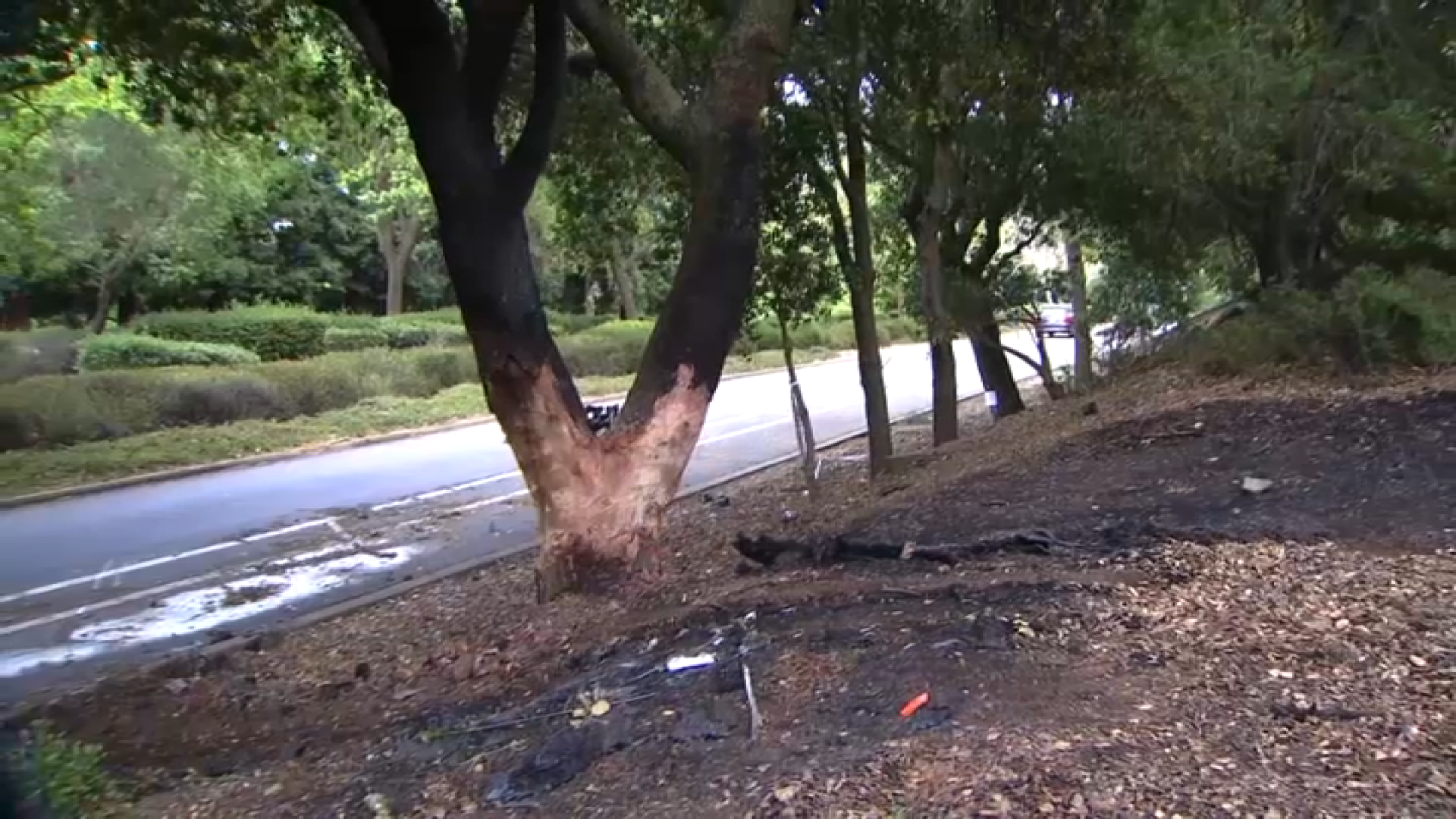U.S. Chemical Safety Board investigators descended on the Tesoro refinery in Martinez early Tuesday after the second serious sulfuric acid release at plant in less than a month and implied the company sorely underestimated the severity of the first accident.
CSB spokeswoman Hillary Cohen didn't have the up-to-the-minute results of lead investigator Dan Tillema's visit. But she did say in a phone interview from Washington, D.C. that investigators just left the plant last week, after working with plant management to "move foward" after a Feb. 12 accident where two workers were also seriously injured after a sulfuric acid release.
In Monday's incident, one worker was taken to the hospital after he was "saturated" with sulfuric acid, and another worker did not suffer major injuries. Peter Melton, spokesman for the California Dept. of Occupational Safety and Health Administration told NBC Bay Area that both employees were released from the hospital and were back at work on Tuesday. He added they do not work for Tesoro, but for Brinderson, a refinery contractor in Benicia.
The last visit to the Martinez refinery proved challenging for the federal investigators. At first, Tesoro called the Feb. 12 accident minor and refused to allow the chemical board authorities to visit. After a federal subpoena, the company was forced to let them in.
But it's obvious that the federal safety board is not satisfied.
Although the CSB obtained some cooperation from Tesoro," Cohen said in an email. "Tesoro has yet to provide some of the key documents sought including a recent survey of safety culture. In addition, evidence at the site has not been preserved. One eye-opening document that the team did obtain is a Tesoro engineering calculation estimating that 84,000 pounds of sulfuric acid were released in the Feb. 12 incident – hardly the minor release that Tesoro has been describing to the public."
In a Feb. 26 letter to the Tesoro Corporation’s President and CEO, Cohen said the Chemical Safety Board's members unanimously expressed their disappointment in Tesoro’s recent actions blocking the agency from performing its congressionally mandated duties.
The Cal-OSHA shut down Tesoro's unit from Feb. 18 to Feb. 28 while it investigated the Feb. 12 incident. On Monday, Cal-OSHA only issued an "order to preserve" the area.
As a reponse to the two accidents, U.S. Rep. George Miller (D-Martinez) called on Tesoro to strengthen its worker safety program.
“While my staff and I are continuing to evaluate the recent worker safety incidents at the Tesoro refinery near Martinez, based on what we have learned so far, there is a troubling trend of degraded safety conditions, and a loss of confidence by employees that the refinery’s management will adequately maintain equipment and piping," Miller said in a statement.
He called on Tesoro to reinstate its labor-management safety program, called the the Triangle of Prevention program--that he said the company "regrettably terminated."
Local
Tesoro spokeswoman Tina Barbee wrote in an email to reporters Monday that the workers "were exposed to a chemical at a unit during planned maintenance activities."
Barbee wrote that the workers were wearing protective safety equipment and were decontaminated in a shower before being taken to the hospital, and that one has since been released, according to the San Francisco Chronicle.
"The cause of (Monday's) incident is under investigation and is believed to be unrelated to the chemical release that occurred on Feb. 12," Barbee wrote.
Tesoro also disagreed with the CSB's assertion that the company misrepresented the scope of February's chemical release. "... (T)he release was contained in a process sewer, which is part of the system's design," Barbee wrote. "The amount of SO2 released to the environment was classified as minor according to regulatory requirements."
Miller noted that he was "pleased" that Tesoro allowed the Chemical Safety Board access to the plant. But he added: "Itt should not be with restrictions, as we support their efforts to properly examine the root causes of the pattern of incidents at the refinery.”



